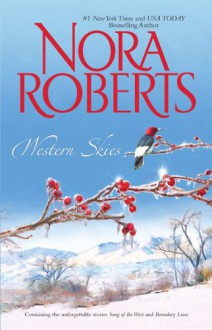
[These notes were made in 1986. I read a 19th-century edition with George Cruikshank's illustrations:]. George Cruikshank's illustrations - and there is an extraordinary number of them - play a very large part in this novel, tho' a somewhat disorienting one, rather like Ainsworth's text itself. For the plates have to do with the 16th-century 'story,' both the historical one of the rise and fall of Lady Jane Grey, and the fictional ones of Cholmondely/Cicely and the downstairs people; the wood engravings, on the other hand, carefully depict the appropriate parts of the Tower "now" (i.e. 1840). Ainsworth's fondness for each part of the Tower is so great, and his delight in its detail so patent, that it's amazing he manages to integrate his plots and his descriptions as well as he does. In Lady Jane, of course, he has prime dramatic material, and he manages to make Guilford Dudley and Northumberland quite good foils to her. Mary, Elizabeth, Courtenay and Renard the Spanish Ambassador are all also quite well drawn. Next to these people, the obligatory romance hero and heroine, despite their involvement with such Gothic necessities as labyrinthine tunnels, a mad mother, and hidden aristocratic identity, are vapid creatures indeed. Or possibly because of it - Ainsworth, perhaps deliberately, mocks the identity-revealed plot by echoing it on a ludicrous level with his 3 giants - bastard sons of Henry VIII - and dwarf-foundling son of a minor French functionary. (In the constant ludicrous treatment of the dwarf Xit, Ainsworth's sense of humour and mine part company). The two kinds of inevitability - historical and romance - are not particularly in conflict here, but perhaps that is because the real star of the novel is the Tower itself; the real climax of the novel when it is besieged by, and repulses, Wyat's rebellion.


 Log in with Facebook
Log in with Facebook 







